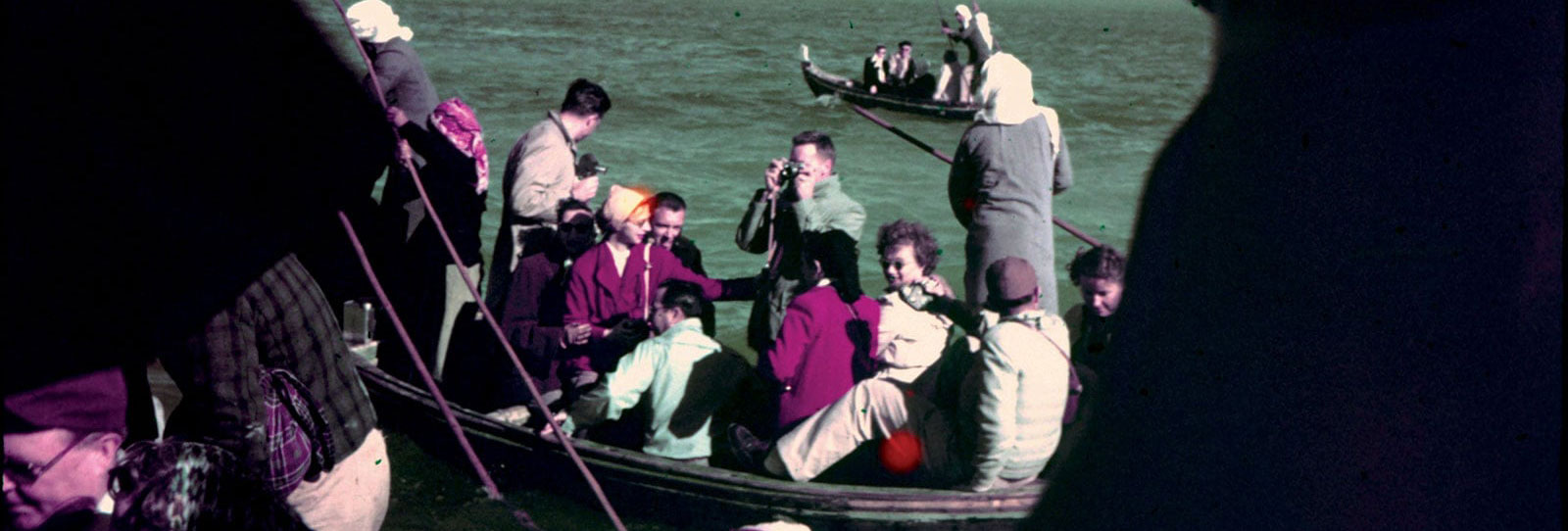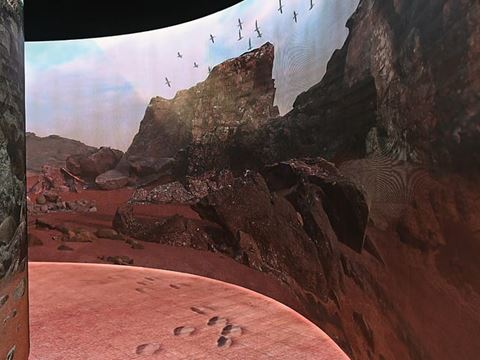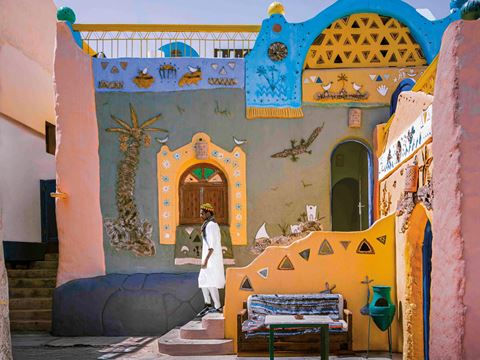
FirstLook: East Coast of Saudi Arabia, Circa 1952–1964
East Coast of Saudi Arabia, Circa 1952–1964
“Enclosed please find 59 negatives in various holders. These photos were in the possession of my aunt,” wrote Margaret Hartzell in a letter accompanying a small green box she donated five years ago to the archives of the King Abdulaziz Center for World Culture in Dhahran, Saudi Arabia.
Her aunt was Mary Elizabeth Hartzell, who passed away in 2009 at age 94. From 1952 to 1964, Mary Elizabeth, as she was known, worked for Aramco as the librarian of the Arabian Research Division, a job for which she had been recruited from the American Geographical Society in New York; she had already been taking Arabic language classes at the Asia Institute.
“She was intrepid for a single woman of that time,” says Margaret.
Mary Elizabeth took her photos with a twin-lens Rolleiflex camera, and most of the five dozen images in the box show scenes such as this wintertime weekend excursion of expatriate employees along the east coast of Saudi Arabia. While she is remembered at the library for her meticulous expansion of its collections in both English and Arabic, her carefully composed photos remained largely uncaptioned and undated.
You may also be interested in...

FirstLook: Poetic Fusion
Arts
Prior to our modern practice of image manipulation with editing software, photographers worked more with planned intention and craft.
Ithra Explores Hijrah in Islam and Prophet Muhammad
History
Arts
Avoiding main roads due to threats to his life, in 622 CE the Prophet Muhammad and his followers escaped north from Makkah to Madinah by riding through the rugged western Arabian Peninsula along path whose precise contours have been traced only recently. Known as the Hijrah, or migration, their eight-day journey became the beginning of the Islamic calendar, and this spring, the exhibition "Hijrah: In the Footsteps of the Prophet," at Ithra in Dhahran, Saudi Arabia, explored the journey itself and its memories-as-story to expand understandings of what the Hijrah has meant both for Muslims and the rest of a the world. "This is a story that addresses universal human themes," says co-curator Idries Trevathan.
Saudi Photographer Captures Aswan's Nubian Heritage
Arts
As a Saudi photographer with a passion for cultural, human and heritage themes around the world, I strive to make my images windows to the past as well as reflections of the present. When I came across this guesthouse on a visit to Aswan, Egypt, I was taken back to 3000 BCE to ancient Nubia.